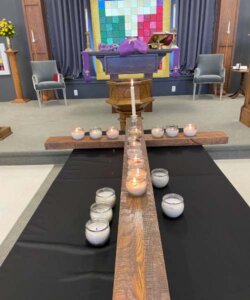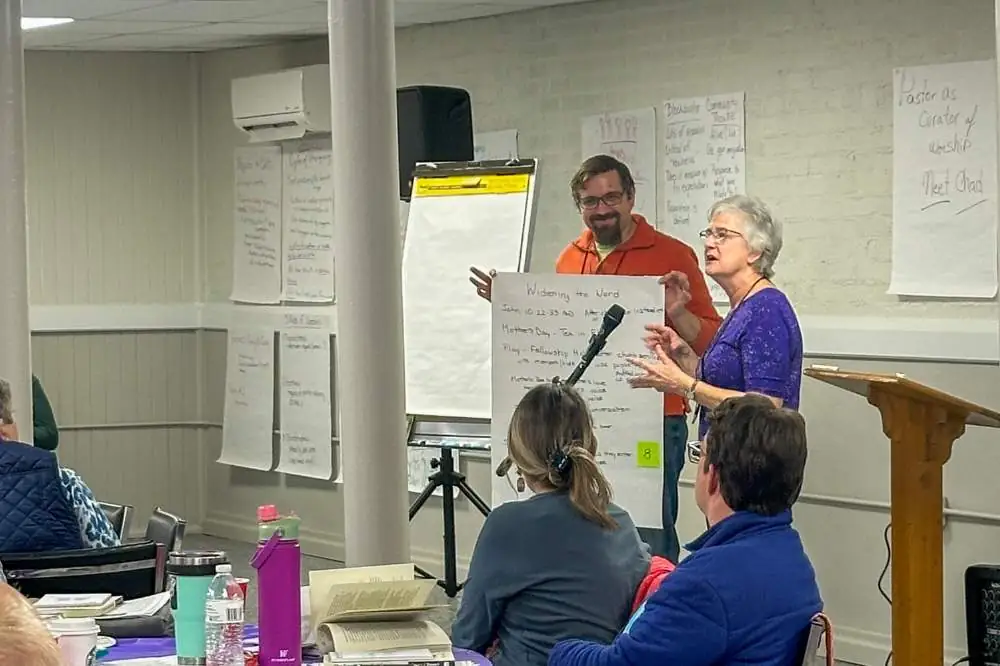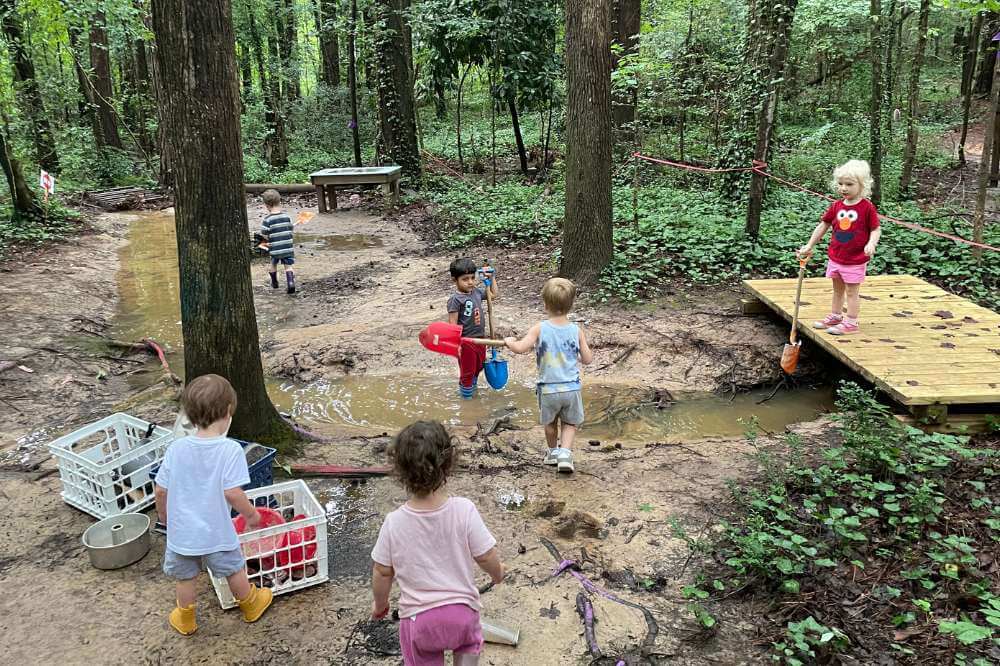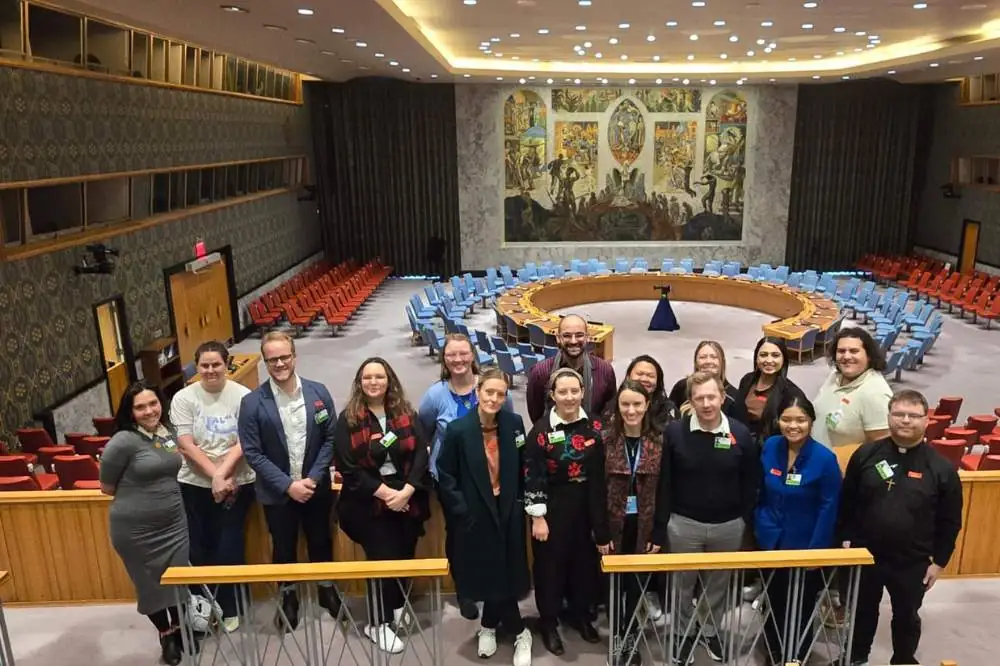Leaders of churches all over the North Carolina Synod long for full pews, bustling hallways, and a full slate of programs for families, seniors, and singles. We all long for a choir loft filled with brilliant voices singing to the glory of God.
But the reality for most of those congregations is not that. Maybe it used to be, but here and now it is not. As young families disassociate from congregational life, as aging populations become less able to attend weekly worship, the reality shifts.
We can’t really blame everything on that darn pandemic a few years ago. Small churches actually fared a lot better than larger ones, with about 60 percent of worshippers returning to the pews of small churches.
And we are not alone. In the ELCA, more than 60 percent of congregations average fewer than seventy people in worship, and a substantial number of those congregations average fewer than half of that number. Nationwide, across all denominations, there are 177,000 small congregations. That means on a given Sunday, most churches in the U.S. are attended by fewer than 100 people; a majority of those serve under 65.
Small churches are constantly comparing themselves to big ones, and that, says workshop leader and author of The Small Church Advantage, Teresa Stewart, is a lot like comparing apples and cats. Stewart loves and believes in the future of small congregations. She reminds us that the early church consisted of groups of folks who met in someone’s home to pray, worship, and learn together.
Stewart believes that small congregations have a lot to teach the church about how to navigate a complex future where one-size-fits-all ministry just won’t work. This central idea is affirming to all who struggle with growth that never seems to happen, programs that fall by the wayside, and finances that seem to dwindle by the day.
She reminds small congregations that they are not “less than” anything. According to Stewart, small congregations have historically been asked to follow “best practices” that do not fit them. They were designed for large congregations where the performance of worship is valued over the experience of worship.
Small groups have a place. Every teacher knows this. In a small group, learning becomes authentic. It means more. Leaders emerge. It might get messy. It’s noisy. But it’s true, honest, and real. When you stop focusing on a lesson plan and let the kids explore and grapple with an idea, some amazing things can happen.
In small congregations, this is also true. Stewart describes it this way: “The main thing stays the main thing.” Our God shows up in seemingly forgotten places. But God always shows up—when conversations happen, when we ask questions and explore, when we welcome everyone to the table, and when we pray. The heart of worship matters, so it’s impactful, and faith-forming in deeper and more meaningful ways.
Small churches are not broken. They are not lacking anything. All we need…is here.
Julie Arndt, member of St. Mark’s, Lumberton, was one of over 70 participants who attended the Small, Scrappy & Vital Congregations retreat in February. Hearing from guest speaker Teresa Stewart about the ways to uncover the advantages of small congregations was certainly a highlight. Additionally, time spent with others practicing and planning for worship was energizing and sent folks home with ideas ready to put into practice.
Peggy Poe, another participant, recently shared that her congregation, Amazing Grace, Granite Falls, has already implemented what they learned at the retreat, “I was so moved at the Small & Scrappy Congregations event by the opportunity to pray at the cross that I suggested that we try this at Amazing Grace. Members are invited to come forward during the sharing of the peace. As you can see from the lit candles, we are finding this meaningful. For Easter we will wrap chicken wire around it and cover the cross with flowers from our yards or wherever we can find flowers to cut.”
Thanks be to God for our synod’s small congregations, where God is present and working in abundant ways! And, thanks be to God for your Mission Support giving which, in addition to grant funding, made this event possible—and affordable—for small congregation members to attend, often with several folks per congregation.
Story Attribution:
Julie Arndt for the NC Synod



